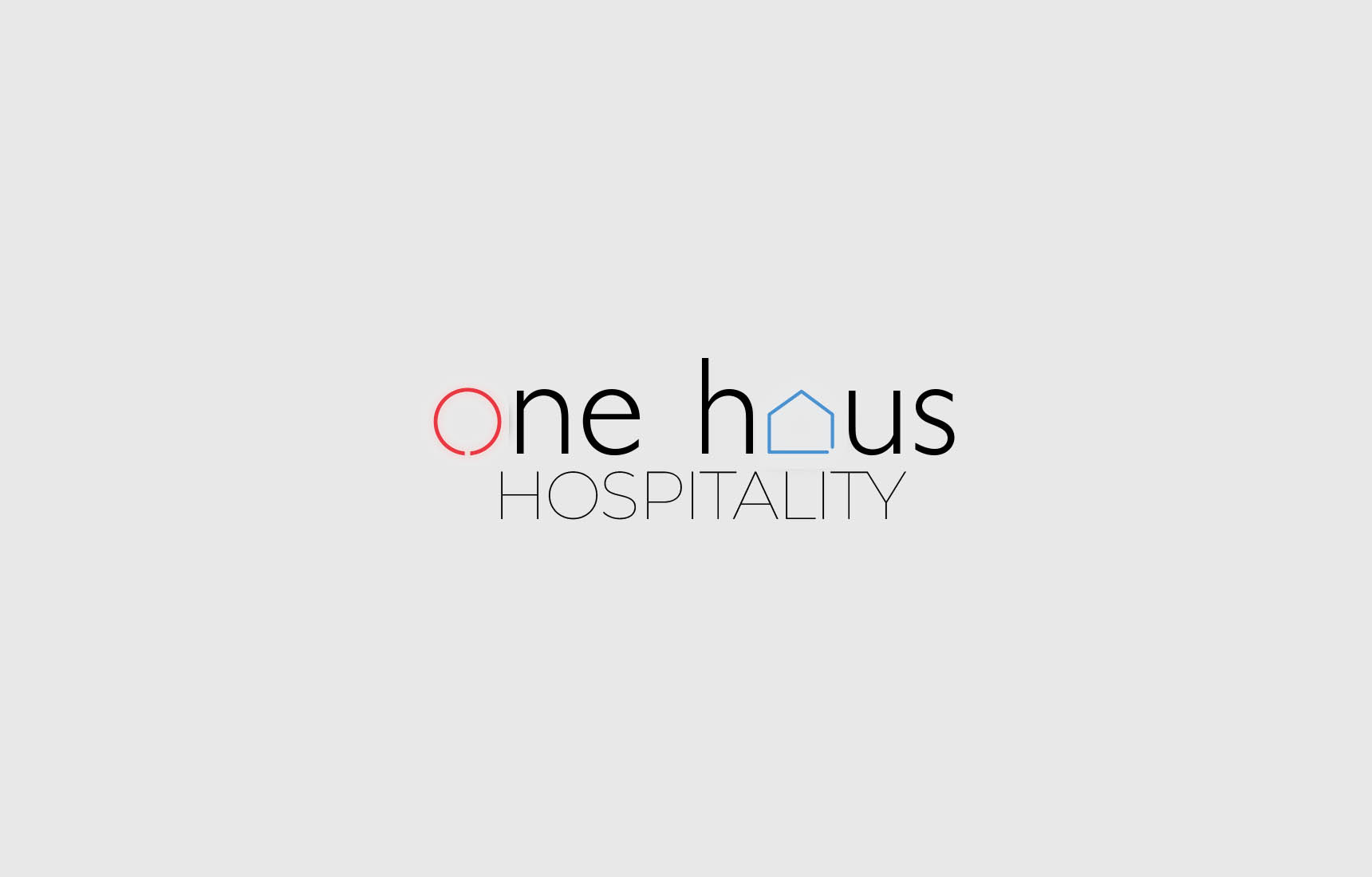Blog: Restaurant Closings in the United States – 2025
2025 has been a challenging year for the American restaurant industry, with high-profile closures capturing headlines and changing the dining landscape from coast to coast. While the COVID-19 pandemic’s acute impact has faded, restaurants have continued to grapple with new and persistent challenges—leading to a wave of shutdowns affecting both major chains and beloved independents.
Major Chains Facing Shutdowns
This year, several iconic brands have been forced to permanently shut down locations, either due to bankruptcy, cost-cutting initiatives, or long-term strategic change. Notable closures include:
TGI Fridays: The brand’s decline accelerated in 2024 and carried into 2025, leaving it with about 85 locations after closing nearly 100 restaurants. Bankruptcy filings and stiff competition from fast-casual concepts proved too great a hurdle.
Red Lobster: After filing for Chapter 11 bankruptcy in 2024, Red Lobster shuttered stores across 28 states, suffering from falling foot traffic and surging labor costs.
Jack in the Box: Amid a stark 3.6% drop in sales and a 57% plunge in stock price, the company is closing about 10% of its U.S. stores—80 to 120 locations—by the year’s end.
Noodles & Company: Despite some areas of growth, the brand announced up to 32 closures (about 7% of its outlets) in 2025 as it contended with net losses and constrained liquidity. Other brands like Applebee’s, Denny’s, Boston Market, and Bahama Breeze have taken similarly drastic steps.
Why Are So Many Restaurants Closing?
The driving forces behind 2025’s closures mirror and amplify challenges of recent years:
Rising Costs: Key ingredients, labor, utilities, rent, and insurance costs have continued to soar. Restaurants, running on thin margins, struggle to absorb these increases—87% of operators cited higher food prices, while 88% reported increased labor expenses.
Persistent Labor Shortages: Many operators faced chronic staffing gaps, which forced hours reductions, day closures, and limited service—directly impacting revenue and customer loyalty.
Changing Consumer Habits: Off-premise sales (takeout, pickup, delivery) now account for about 75% of traffic. Chains slow to adapt have lost foot traffic and failed to recapture their pre-pandemic customer base.
Inflation and Economic Uncertainty: Americans have become more cautious with their restaurant spending—preferring to cook at home, especially as menu prices hit all-time highs.
Not Just Chains – Independents Struggle Too
It’s not just the big names: from historic steakhouses in New York to neighborhood favorites in Los Angeles and Miami, independent operators have succumbed to the same pressures. High rents in major cities, staff shortages, faltering downtown office traffic, and consumer price sensitivity have created a perfect storm for closures everywhere from local cafes to Michelin-star establishments.
Is There a Silver Lining?
Despite attention-grabbing shutdowns, overall restaurant closure numbers are actually down from previous years, hitting a seven-year low in spring 2025. The quick-service segment (fast food and quick casual) continues to lead both in closures and new openings, with dynamic market shifts signaling long-term resilience for adaptable operators.
What’s Next for U.S. Dining?
As the dust settles, the industry is leaning into digital ordering, automation, and flexible real estate models like ghost kitchens. Survival now depends on the ability to cut costs, innovate menus, and meet evolving customer needs without relying solely on physical footprint.
In Summary:
Big chains such as TGI Fridays, Red Lobster, and Jack in the Box are aggressively reducing their U.S. presence in 2025, while others quietly trim underperforming stores.
The causes—rising costs, labor shortages, and post-pandemic changes—are forcing operators large and small to shut down or radically change their business model.
While the worst of the closure wave may have peaked, only those able to adapt to the “new normal” of American dining will thrive moving forward.
For restaurateurs and diners alike, 2025 is a year of transition—a time to reimagine what eating out can and should be in a fast-changing world.
At One Haus, we understand the unique challenges and opportunities within the hospitality industry. Our team of experienced recruiters specializes in connecting restaurants and hotels with top-tier talent tailored to your specific needs. Whether you’re looking to fill high-demand roles, overcome seasonal hiring challenges, or find professionals with specialized skills, we’re here to help.
As you navigate your path in this competitive industry, consider partnering with One Haus, a leader in hospitality recruitment. Contact us today to find out how we can connect you with opportunities in these top cities and beyond.
For hospitality businesses partnering with One Haus, you gain access to an extensive network of hospitality professionals, industry expertise, and a personalized approach to recruitment. Let us handle the complexities of hiring so you can focus on delivering exceptional experiences to your guests. Contact One Haus today to discover how we can elevate your team and support your business goals.

